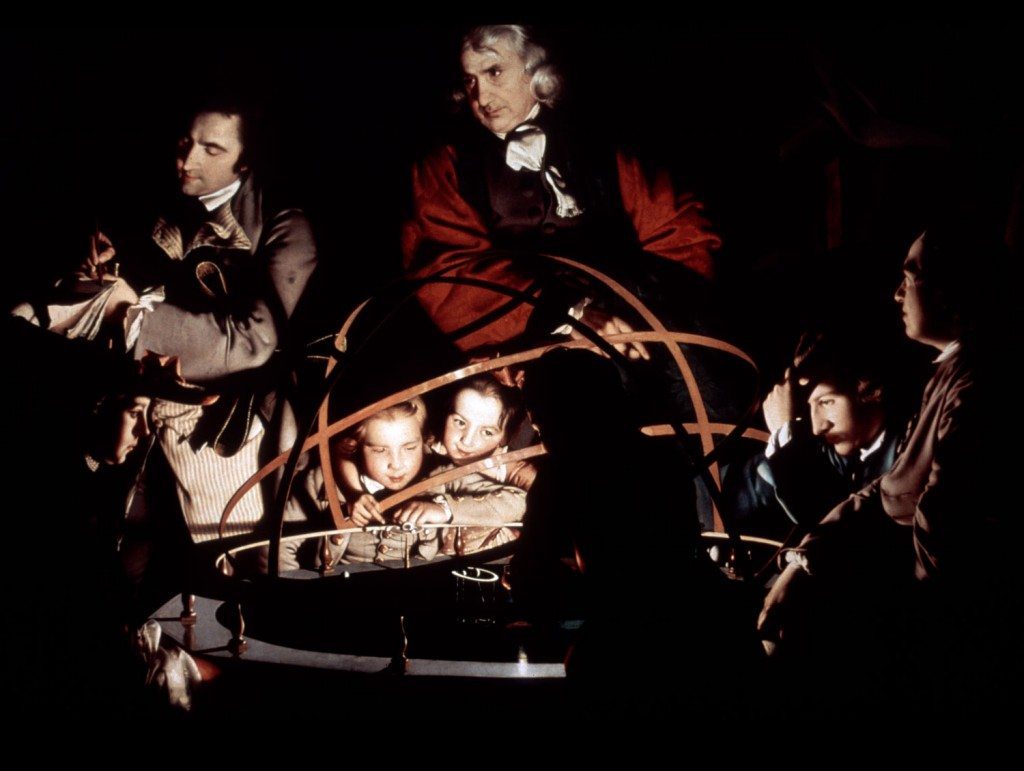Joseph Wright of Derby and Greene’s Museum
Image: Joseph Wright (1734-1797), A Philosopher lecturing on the Orrery (1766). Oil on Canvas. Wright’s painting is a celebration of scientific knowledge and the interpreter of this knowledge, the philosopher. The latter dominates the picture and explains the working of the sun and planets via an orrery, a mechanical representation of the solar system. The audience is transfixed by the demonstration, which may be showing the causes of eclipses. Light floods the scene, illuminating the philosopher and the faces of the observers. Frequently, this famous picture is interpreted as a visual expression of the Enlightenment, which Wright portrayed in its Midlands context.
Image from: Derby Museum & Art Gallery.
In the catalogue of 1782, a number of objects are mentioned, which clearly correspond with the famous paintings by Joseph Wright of Derby, influenced by the interests and experiments of the Lunar Society. It is known that the subjects of A Philosopher Giving a Lecture on the Orrery (1766) and The Experiment on a Bird in the Air Pump (1768) and are related to the lectures given in Derby in 1762 by the Scottish scientist James Ferguson (1710-1776). Wright probably saw Greene’s museum many times when visiting Erasmus Darwin in Lichfield, and examined the scientific instruments on display. They included: “A Model of Double Pump, worked by rare-faction and gravitation…”. A more detailed description of the object was made later, by the next owner of the collection:
An Air Pump of the largest sort, with Apparatus, and various appendant Articles: Brass Hemisphere shewing the Air’s external pressure; Bell proving there is no sound without Air; Lead weight with Bladder, proving there is Elasticity in the Air; Copper Bottle, Beam and Stand, for accurately weighing Air…
An “Orrery, by Thomas Wright, instrument maker to His Majesty…” Thomas Wright (1711-1786), an astronomer and instrument-maker, was the first to propose a view of the Milky Way in which the Sun is not centrally located. He described the Universe as systems of spheres and rings of stars. These objects might have given to the artist some extra visual impressions for his famous paintings. In the following years Greene’s collection of scientific instruments was supplemented by a Celestial and Terrestrial Globe by the instrument-maker Leonard Cushee, a reflecting Telescope and a double reflecting Microscope.
« Previous in this sectionNext in this section »Continue browsing this section
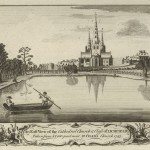 A Window on the World: Richard Greene’s Museum of Curiosities in Lichfield
A Window on the World: Richard Greene’s Museum of Curiosities in Lichfield
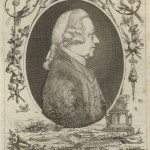 Richard Greene and 18th Century Museums
Richard Greene and 18th Century Museums
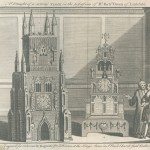 British Antiquities in Greene’s Museum
British Antiquities in Greene’s Museum
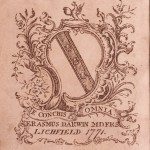 Natural History in Greene’s Museum
Natural History in Greene’s Museum
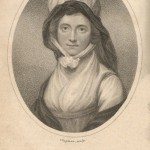 Curiosities in Greene’s Museum
Curiosities in Greene’s Museum
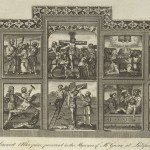 Curiosities in Greene’s Museum
Curiosities in Greene’s Museum
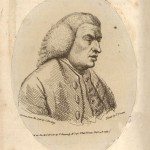 Samuel Johnson and Greene’s Museum
Samuel Johnson and Greene’s Museum
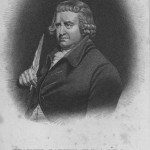 Erasmus Darwin, the Lunar Society and Greene’s Museum
Erasmus Darwin, the Lunar Society and Greene’s Museum
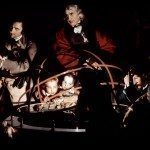 Joseph Wright of Derby and Greene’s Museum
Joseph Wright of Derby and Greene’s Museum
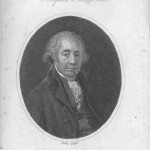 Matthew Boulton, John Whitehurst, Josiah Wedgwood and Greene’s Museum
Matthew Boulton, John Whitehurst, Josiah Wedgwood and Greene’s Museum
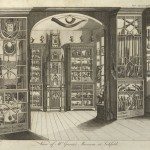 The Reputation and Importance of Greene’s Museum
The Reputation and Importance of Greene’s Museum



